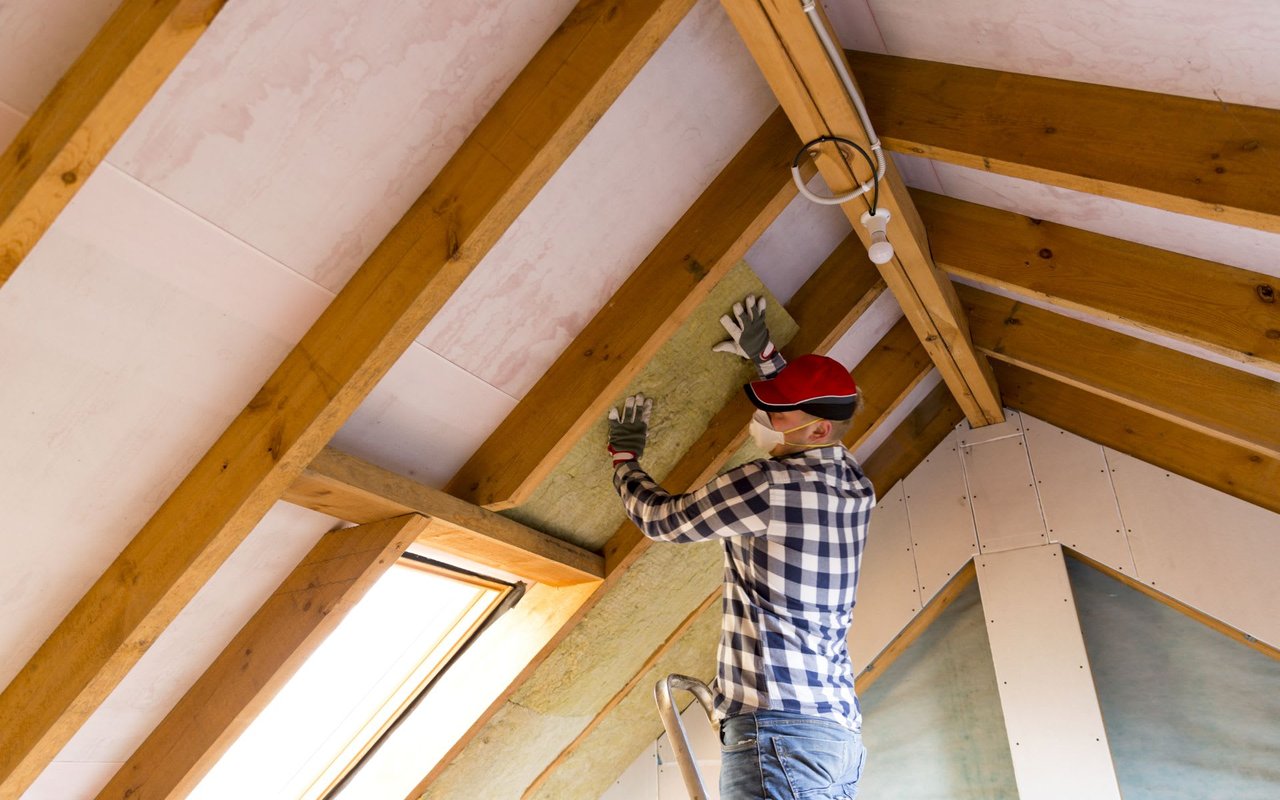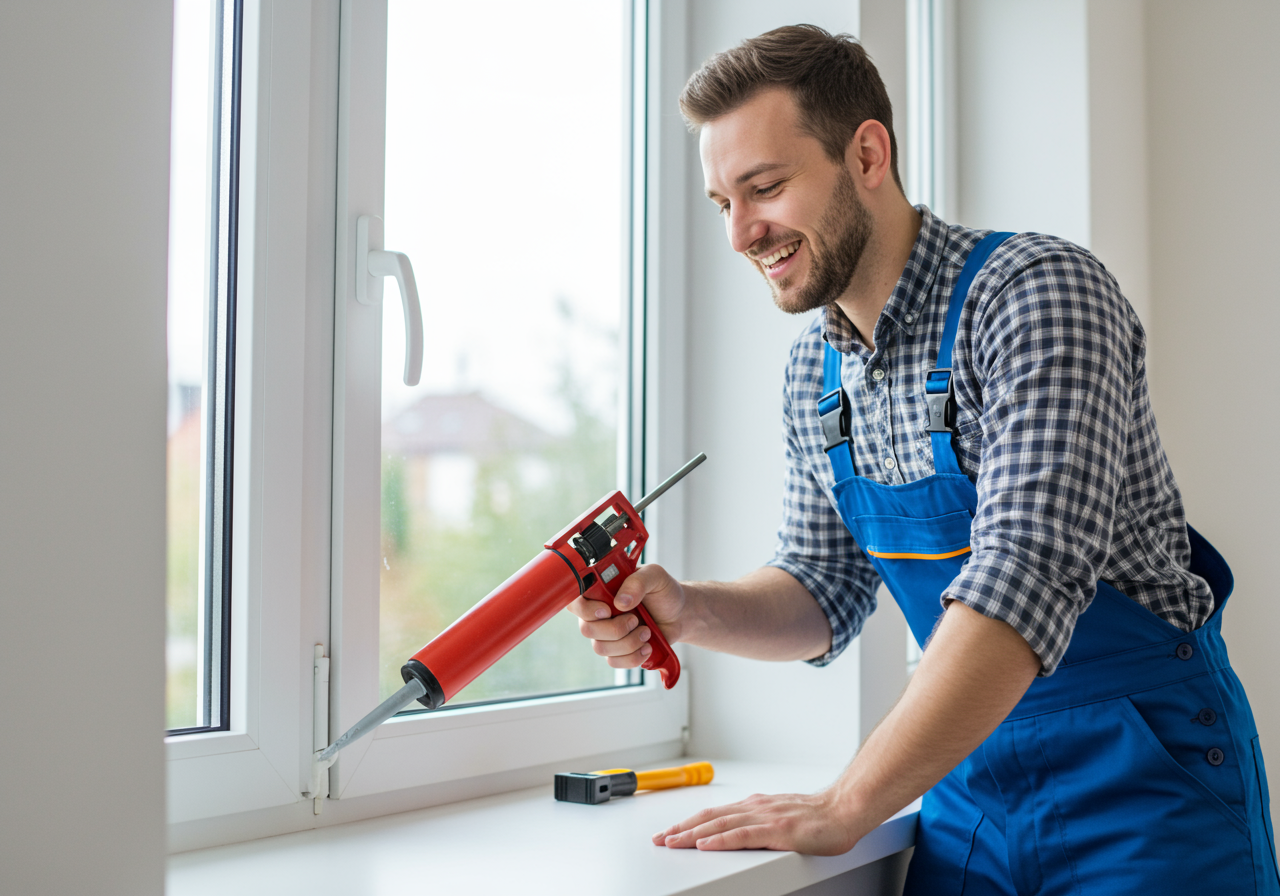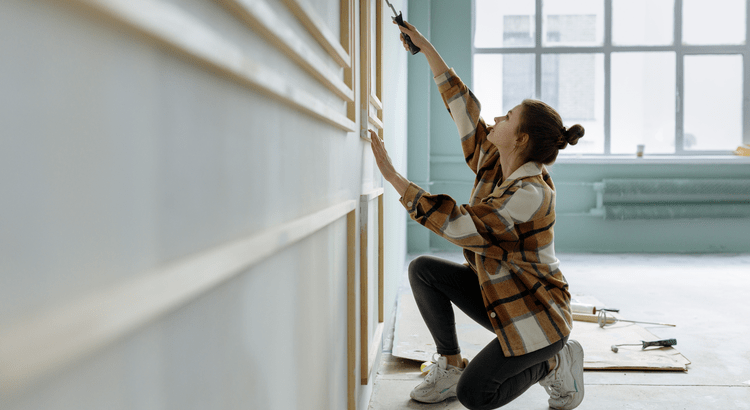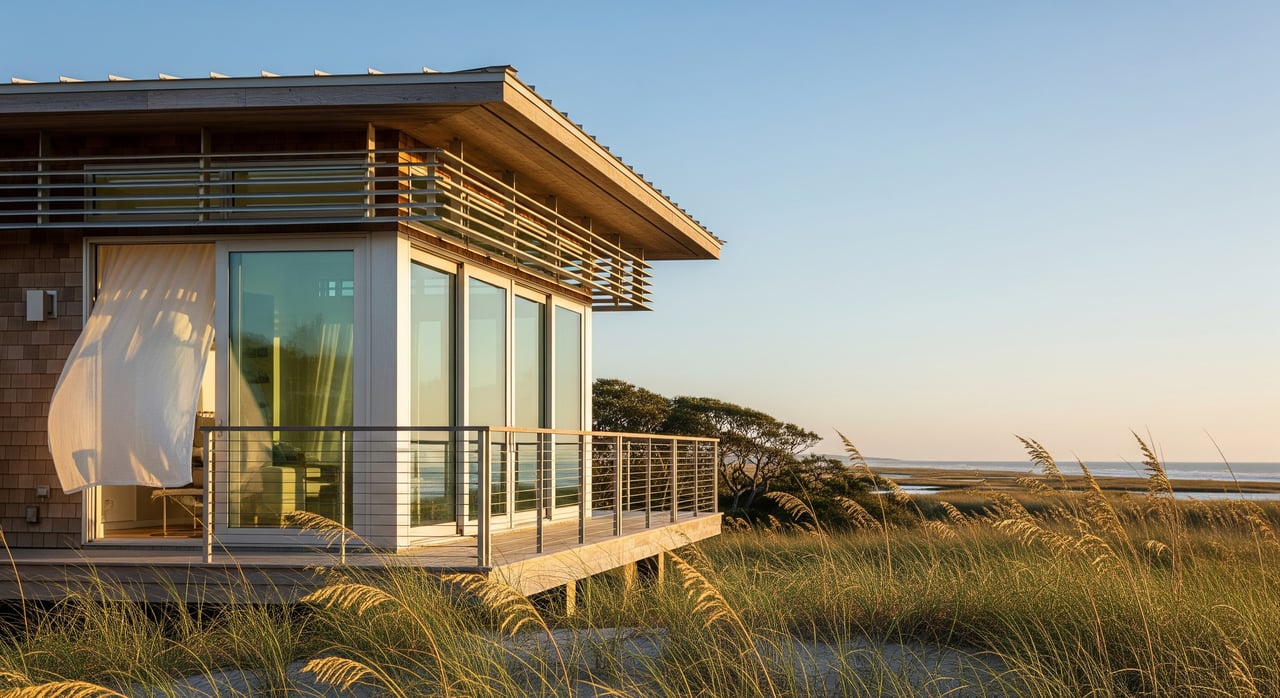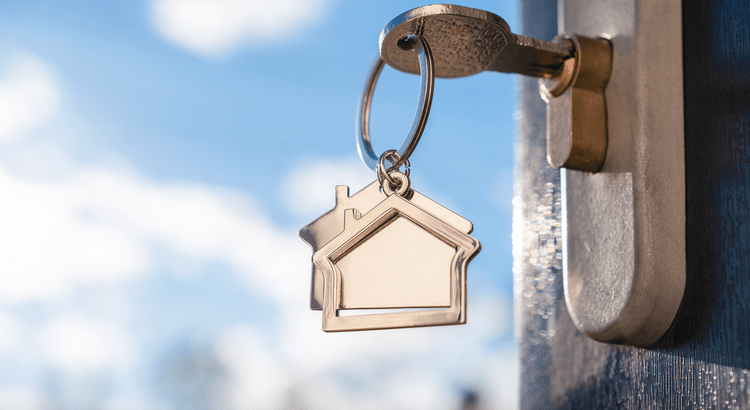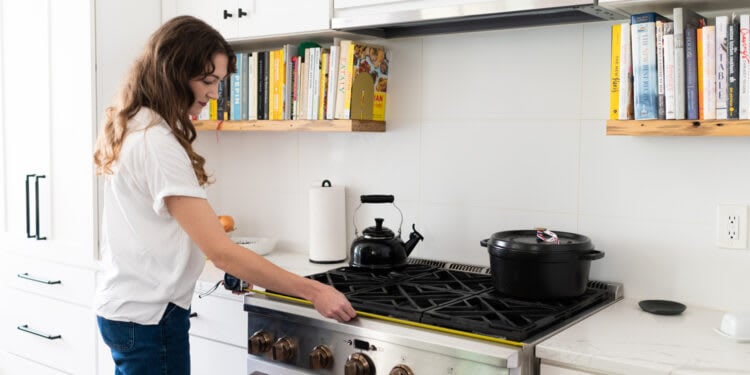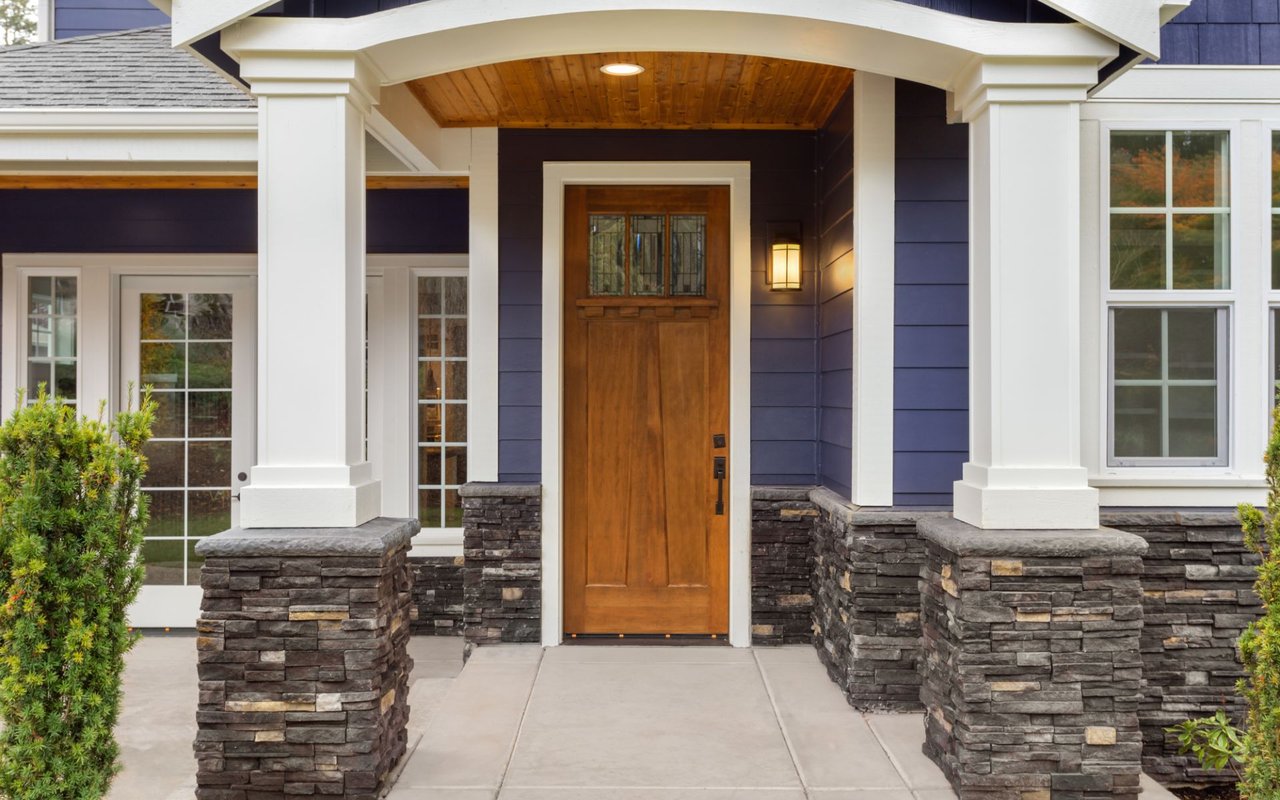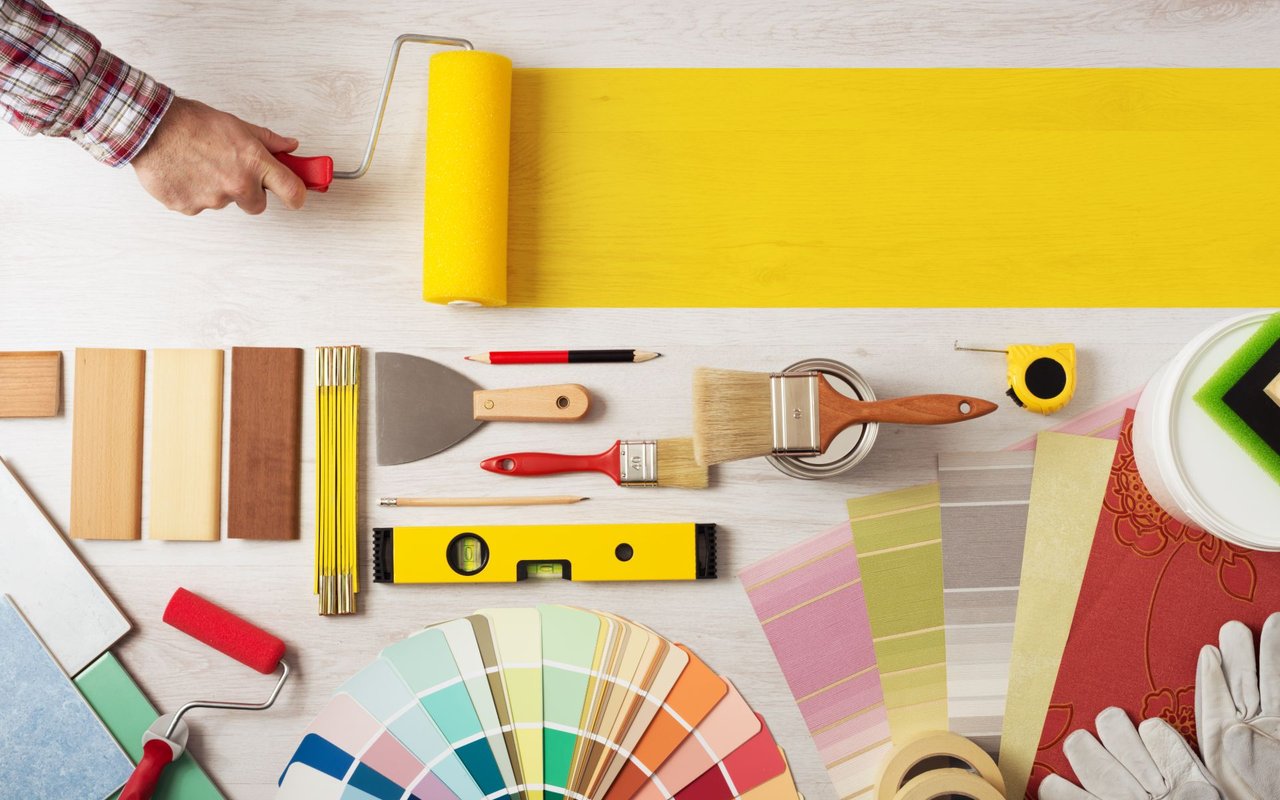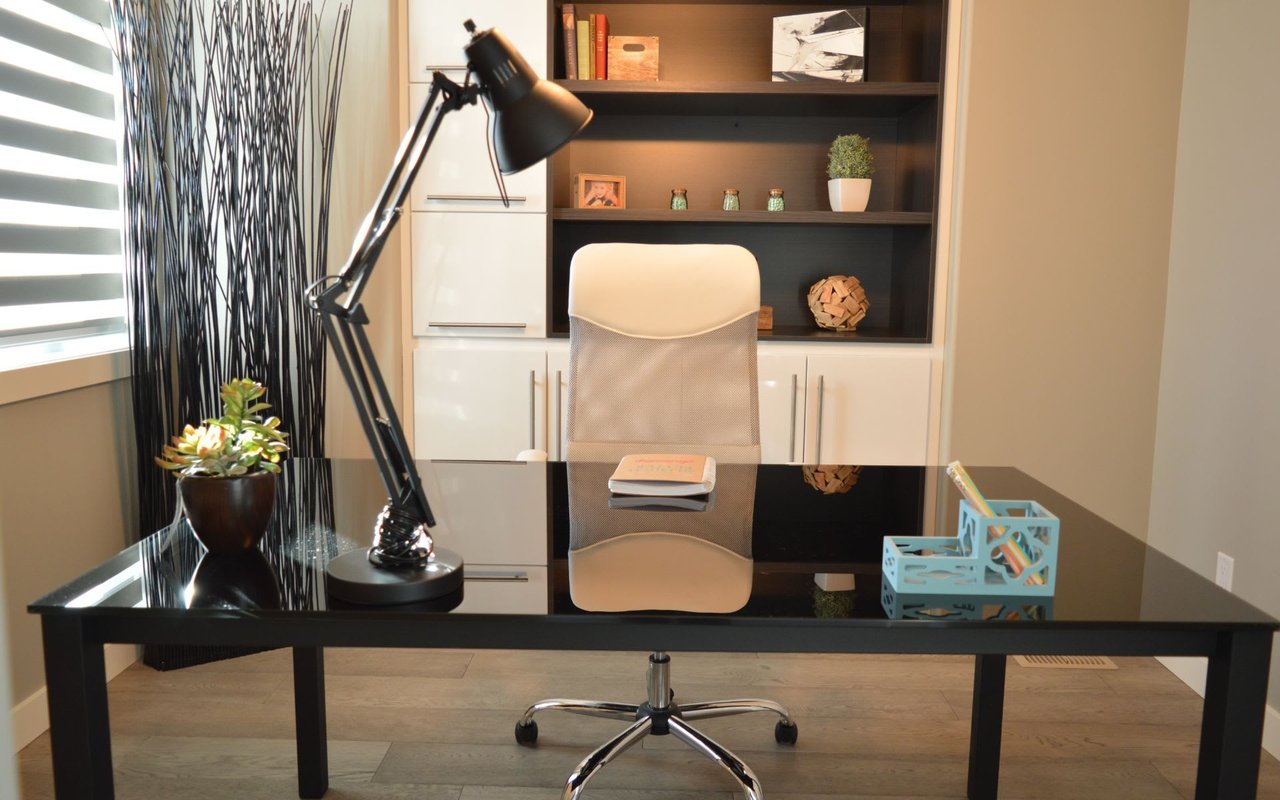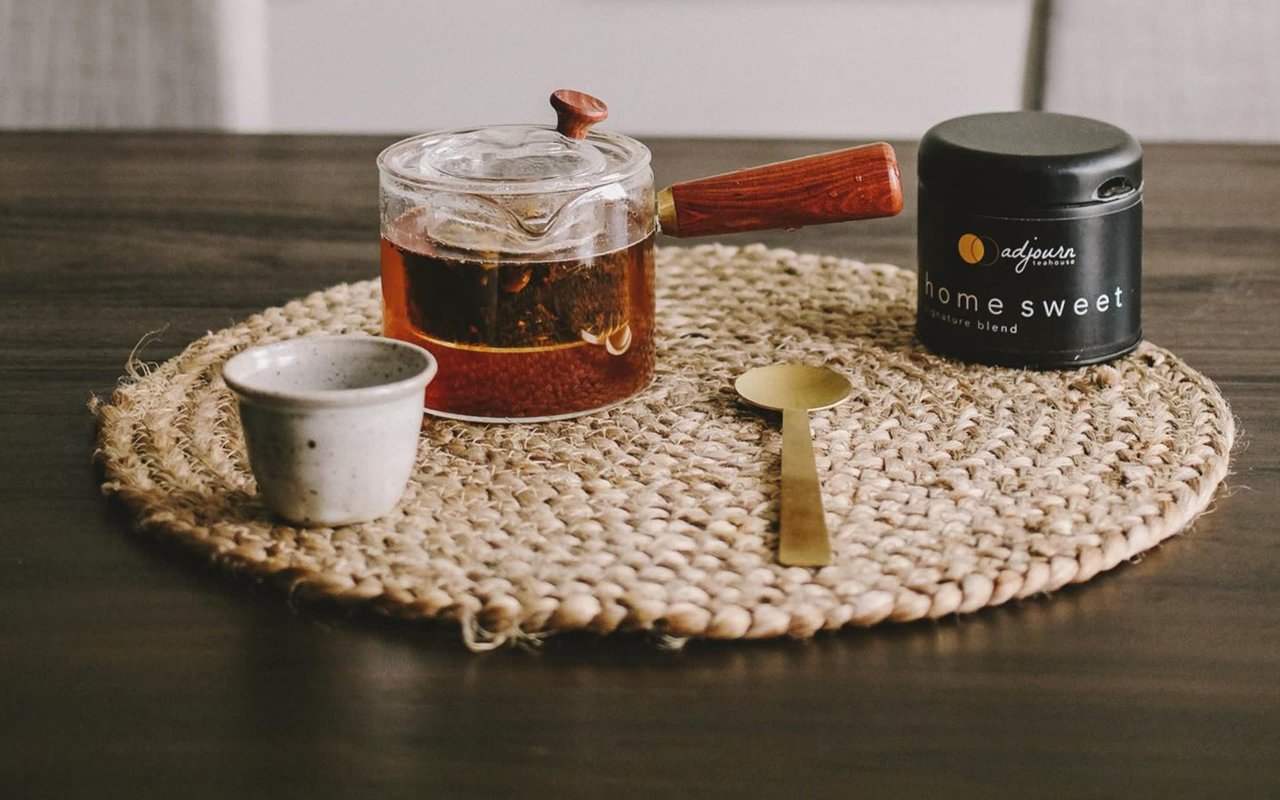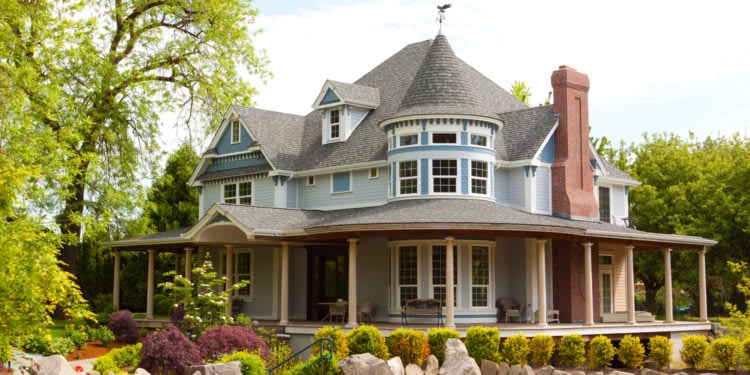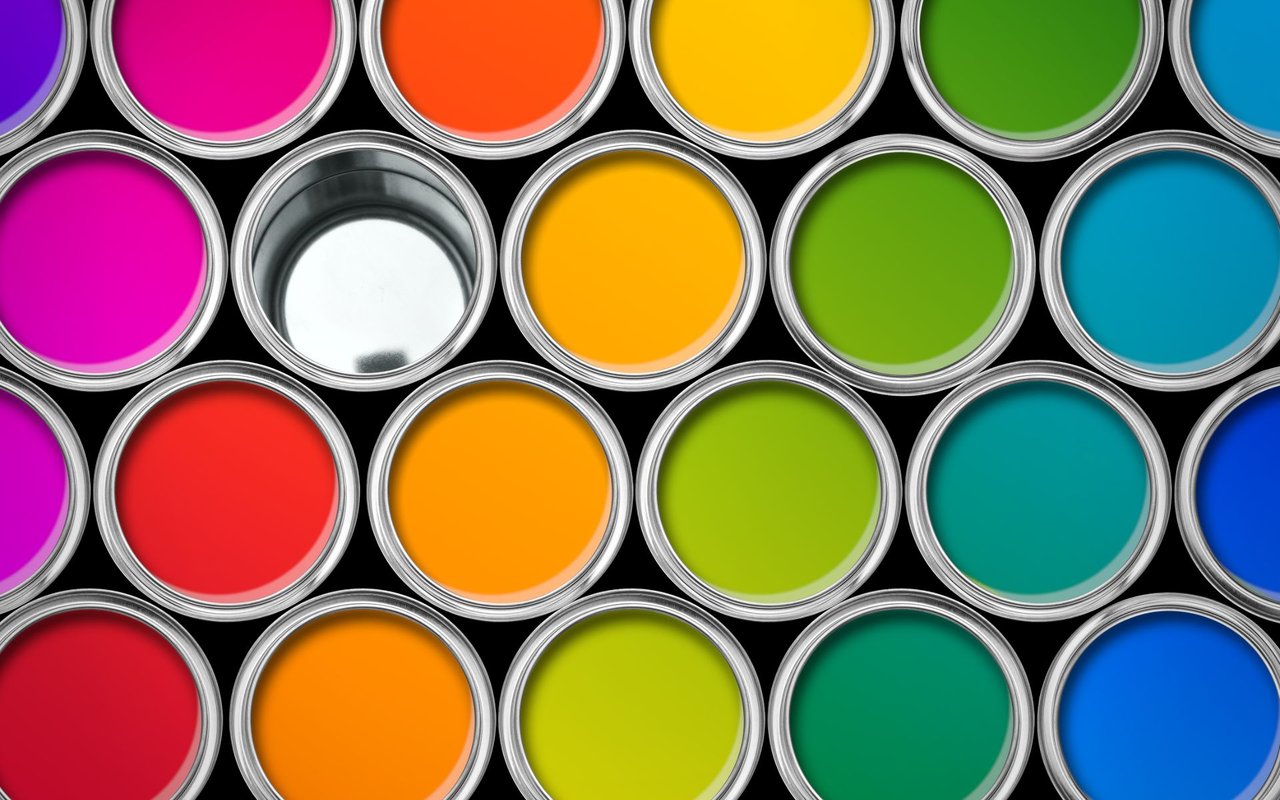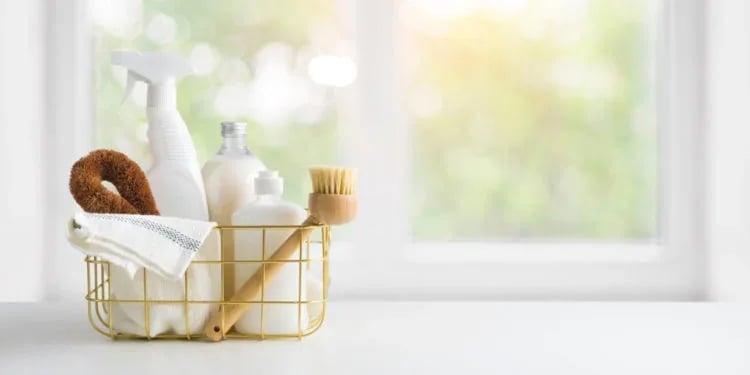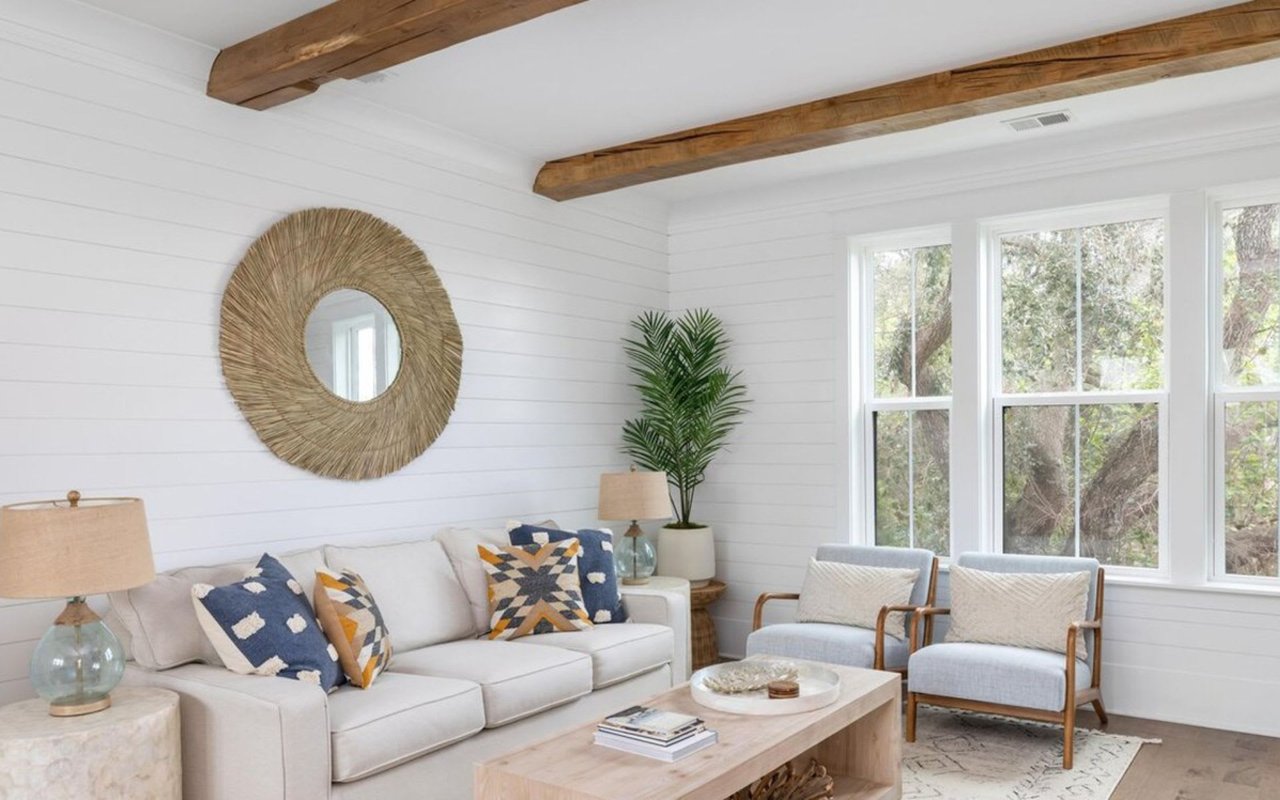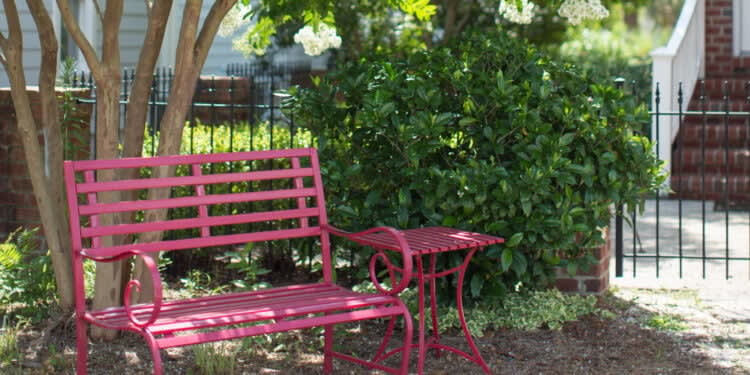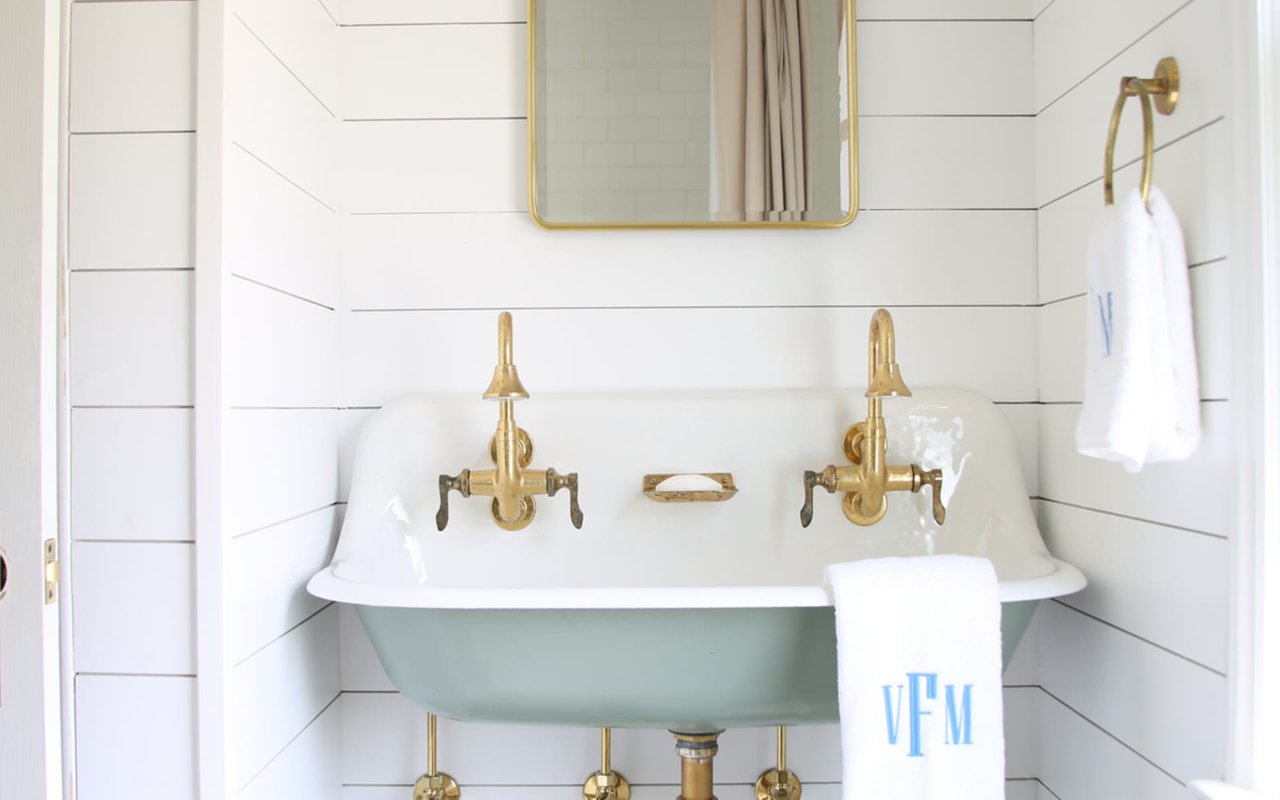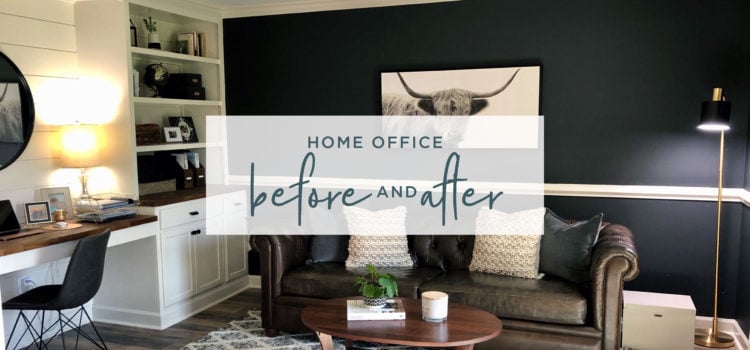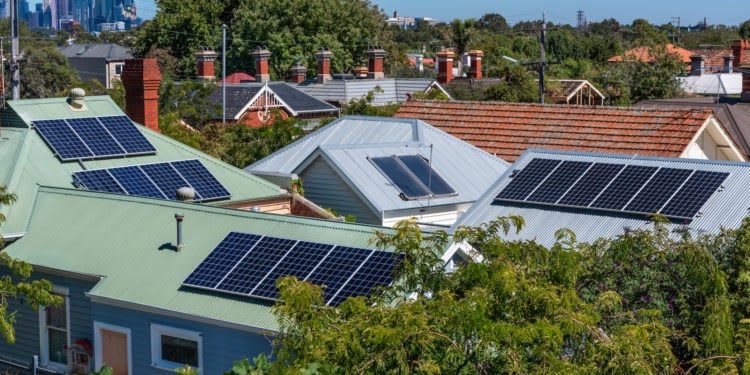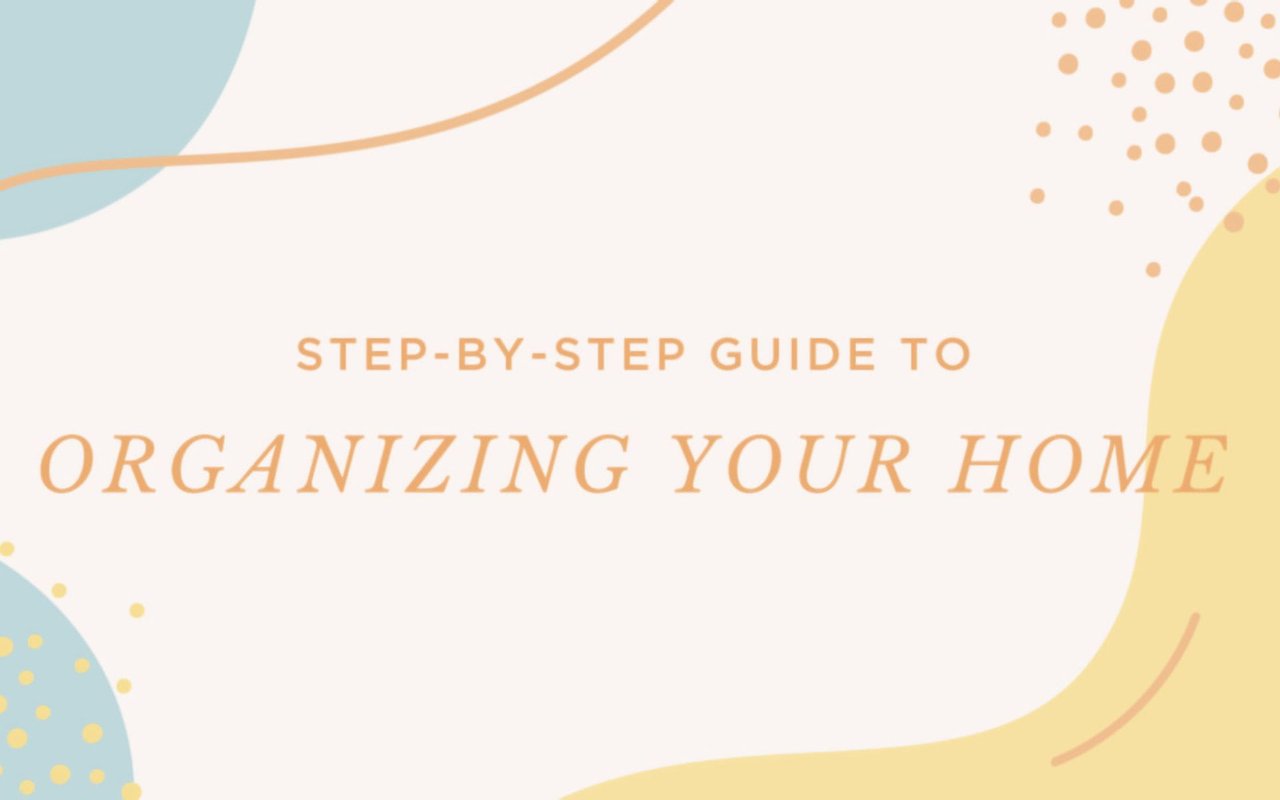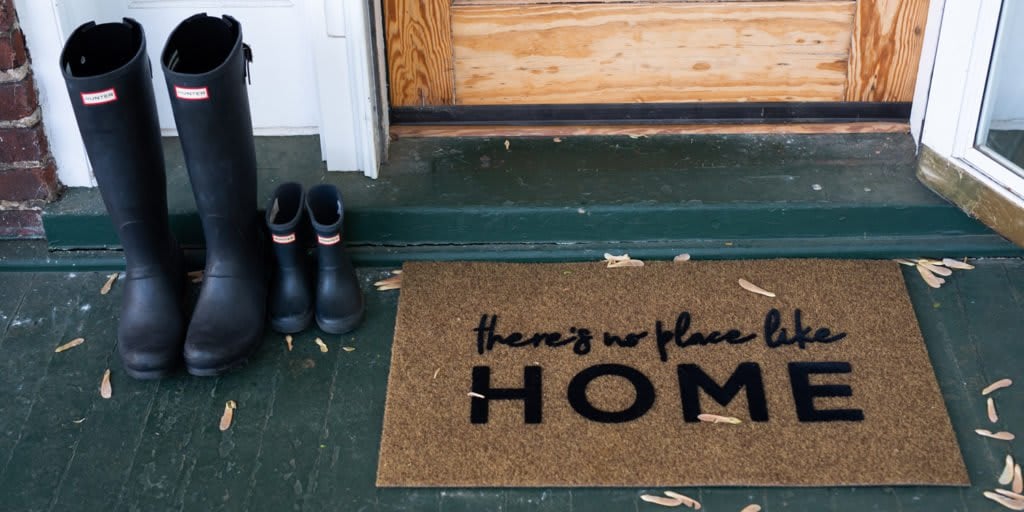WAYS TO IMPROVE THE INSULATION IN YOUR HOME
What do letters and your home have in common? They both have envelopes! Just like a folded piece of paper protects your correspondence, your home’s thermal building envelope protects you from the weather outside. The envelope—the exterior “shell” of walls, foundation, roof, doors, and windows—determines how costly it is to heat and cool your home. If it’s airtight and sealed right, your energy bills will be lower and everyone will be more comfortable inside.
But what can you do if your home’s envelope isn’t protecting you completely? There are some things you can do yourself—and others that will require professional help. Read on to learn about the methods we’ve researched to tighten your envelope.
WHERE’S THE LEAK?
Before you can improve your home’s thermal envelope, you need to diagnose possible air or moisture leaks. Start by inspecting all the places in your home where air might be getting in. Windows, attics, basements, doors, crawl spaces, and joints where walls, floors, or ceilings meet can all have issues. Check for dirt or cobwebs, which can be a sign that air is entering.
For a more accurate leak diagnosis, you can buy an infrared thermometer from your local home improvement store. Record the temperature of the air near your window and door frames, then compare the results to the temperature of the rest of your home. If there’s a big discrepancy, you probably have a leak.
A professional can conduct a blower test (which uses a special machine to lower the home’s air pressure), to reveal hidden air leaks. This is a great idea if you think you’re dealing with a major problem, or if you suspect leaks in hard to find spots.
SEAL YOUR ENVELOPE
You can take care of some simple fixes in a weekend with readily available materials from your local hardware store. Caulk around window frames, or improve your windows’ seal by adding storm windows, if you don’t have them already. For larger gaps in door frames, apply peel-and-stick weather stripping to create a tight seal. Weather stripping comes in various thicknesses, so be sure to measure and buy the right size to fit your needs. Bonus: These easy tricks will prevent insects getting inside, too!
If you have exposed ducts, you may be able to improve their seals yourself with heavy duty tape. Leave the sealing of any internal ductwork to the professionals, though. Add an extra layer of protection by placing foam gaskets behind your light switches and electrical outlets, too. (If you don’t want to mess with electrical, it’s best to call in a pro for help.)
The attic is often a trouble spot, since many are unfinished. If you have an easily accessible attic, you may be able to buy some insulation to lay down yourself to create a stronger barrier between your interior ceilings and the exposed attic area. It’s important to find and seal any leaks in your home’s envelope before adding more insulation, though, so you don’t spend time and money covering up problems instead of fixing them.
Blocking moisture from entering your home is just as important as making sure your air flow is secure. Follow the tips above to make your home airtight and you’ll also be making it watertight. If you have significant problems with water getting in, you may have a drainage issue. Consider upgrading your gutters or adding more spouts and sloped surfaces near your foundation, so water will flow away from your home. Some fixes can be done easily yourself, but for serious issues, a professional contractor can ensure your home is leak-proof.
CAN IT BE TOO TIGHT?
Sealing your home from the elements has many advantages, but are there possible negative consequences? After all, an airtight home will not let any fresh air in from outside, and we all need fresh air to thrive, right? The simple solution is to install a filtration system that will bring air in from outside, clean it, and deliver it safely to your lungs—leak free. Expert Matthew Harris of Relief Heating and Cooling, in Greensboro, NC, shares some of the options. “To improve the overall air quality of a home, there are various services that help the homeowners breathe easier while still maintaining efficiency: filter replacements, UV light installation, dehumidifier/humidifier installation, and system cleanings.”
Follow these tips to improve your insulation. Your wallet—and the environment—will thank you.
We shared this Tightening Your Home’s Envelope article with you in the fall/winter 2021 issue of NEST Magazine. To view the full issue, click here.
